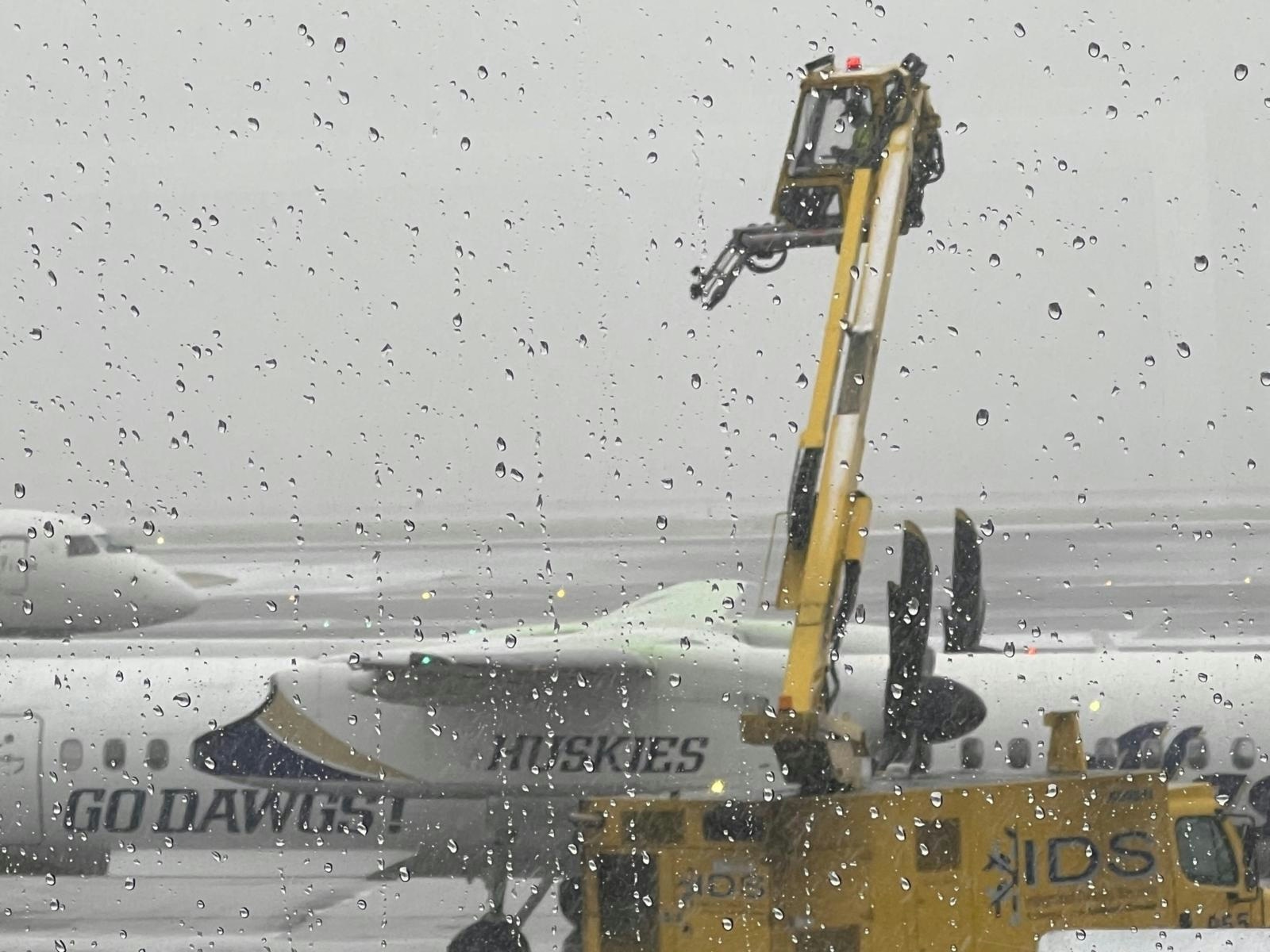
AeroGenie — ваш интеллектуальный второй пилот.
В тренде
Categories
Innovation and Aerodynamics in the Design of the Avro Vulcan’s Wing
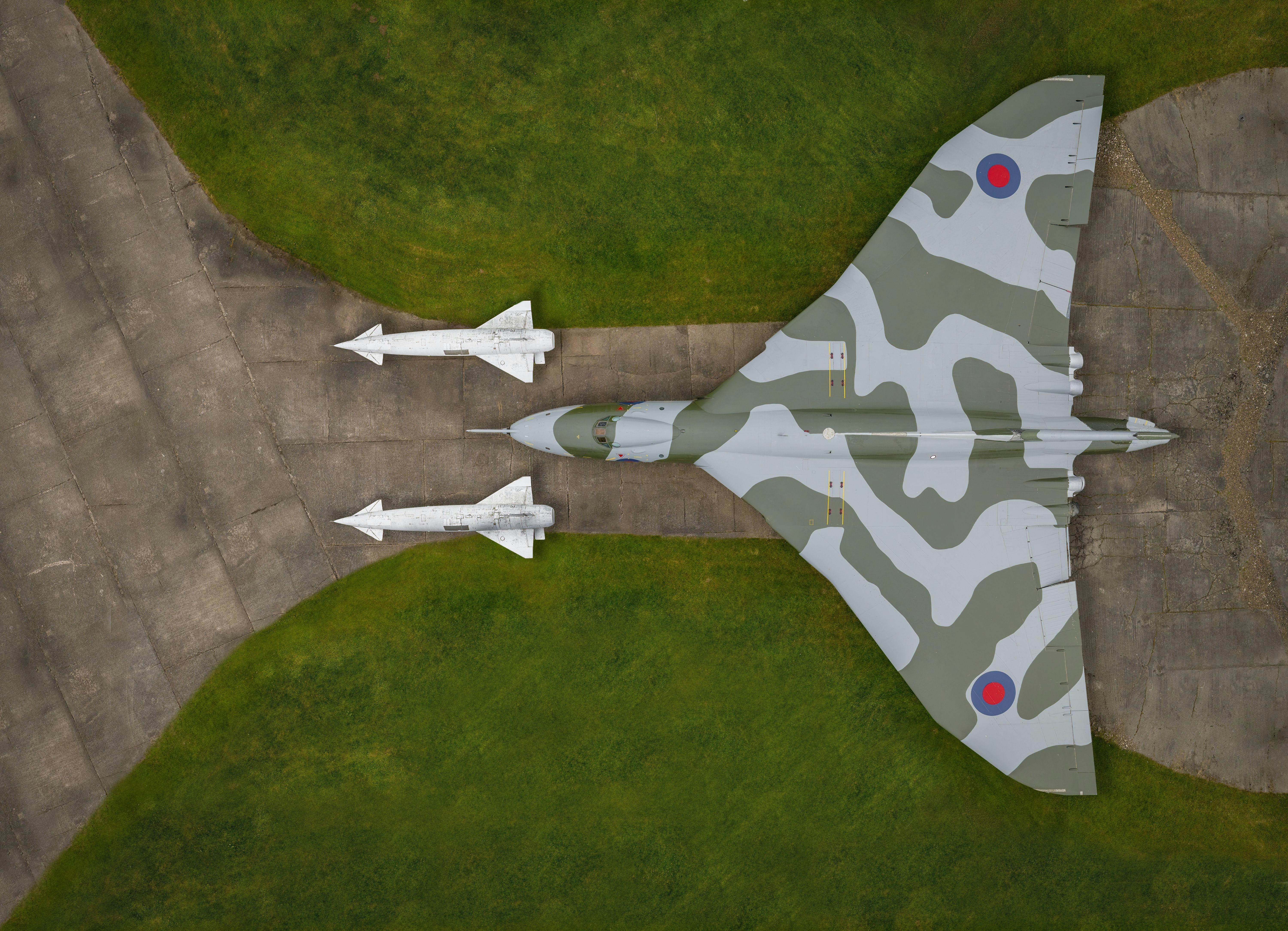
Innovation and Aerodynamics in the Design of the Avro Vulcan’s Wing
The Avro Vulcan, colloquially known as the “Tin Triangle,” was far more than a mere delta-wing bomber. Its distinctive shape concealed a host of aerodynamic innovations, rigorous experimentation, and technical refinements that distinguished it during Britain’s postwar advancement of strategic bombers. As a key component of the V-bomber force, the Vulcan embodied a significant leap in aerodynamic science, driven by the pressing Cold War demands for speed, altitude, and survivability.
Dr. Steve Liddle, Vulcan to the Sky Trustee and Principal Aerodynamicist at Visa Cash App RB F1 Team, has revisited this critical period in British aviation history through detailed technical reflections. His insights draw upon rare archival materials, including declassified research from the Royal Aircraft Establishment (RAE) at Farnborough during the early 1950s.
Pushing the Boundaries of Aerodynamics
The Vulcan’s design was fundamentally shaped by the need to surpass and evade increasingly sophisticated enemy defenses. Achieving the required high speeds and altitudes necessitated an unprecedented level of aerodynamic sophistication in bomber design. A central challenge was managing airflow at high subsonic and transonic speeds. Early flight tests involving the Avro 707 and Vulcan prototypes revealed severe buffet caused by shock-induced flow separation, a phenomenon where the wing abruptly lost lift as airflow broke down.
To overcome this, engineers at the RAE undertook extensive wind tunnel testing, culminating in the publication of Technical Memoranda 441 in 1955. Under the leadership of aerodynamicist Ken Newby, the research focused on modifications to the Vulcan’s wing leading edge. Three designs were evaluated: a short extension, a long extension, and a curved long extension. The long extension, based on the RAE 101 airfoil, emerged as the most effective, facilitating efficient supersonic airflow expansion and pushing the buffet boundary further back. These refinements, combined with the addition of vortex generators positioned at 25% chord to energize airflow, were ultimately incorporated into production aircraft.
Innovation Amid Complexity and Risk
The rapid pace of the Vulcan’s development meant that some aircraft were constructed before aerodynamic refinements were fully finalized, reflecting both the urgency and confidence in ongoing research. However, integrating advanced aerodynamic features introduced considerable complexity. Balancing structural integrity and performance while adopting novel solutions presented significant technical risks, and the process was not without controversy. Certain aerodynamic innovations, such as vortex generators, were even tested in flight prior to wind tunnel validation—an approach that would be considered highly unconventional in today’s risk-averse engineering environment.
Reactions within the market to such innovation were mixed. While some stakeholders acknowledged the potential for enhanced efficiency and performance, others voiced concerns over increased costs and technical uncertainties. The experiences of contemporaries underscored these risks: for instance, the Gloster Javelin, a Vulcan contemporary, suffered from poor transonic performance due to a less advanced wing design. More recently, companies like Lockheed Martin have encountered significant losses linked to design challenges and performance issues in cutting-edge aviation projects, illustrating the persistent tension between innovation and risk.
A Lasting Legacy
Despite these challenges, the Vulcan’s refined wing design and buried engines delivered a distinct aerodynamic advantage, ensuring stable and efficient airflow at high speeds. The aircraft’s enduring legacy stands as a testament to the boldness and ingenuity of its designers—engineers who skillfully balanced innovation, risk, and performance to create one of the most iconic bombers of the jet age.
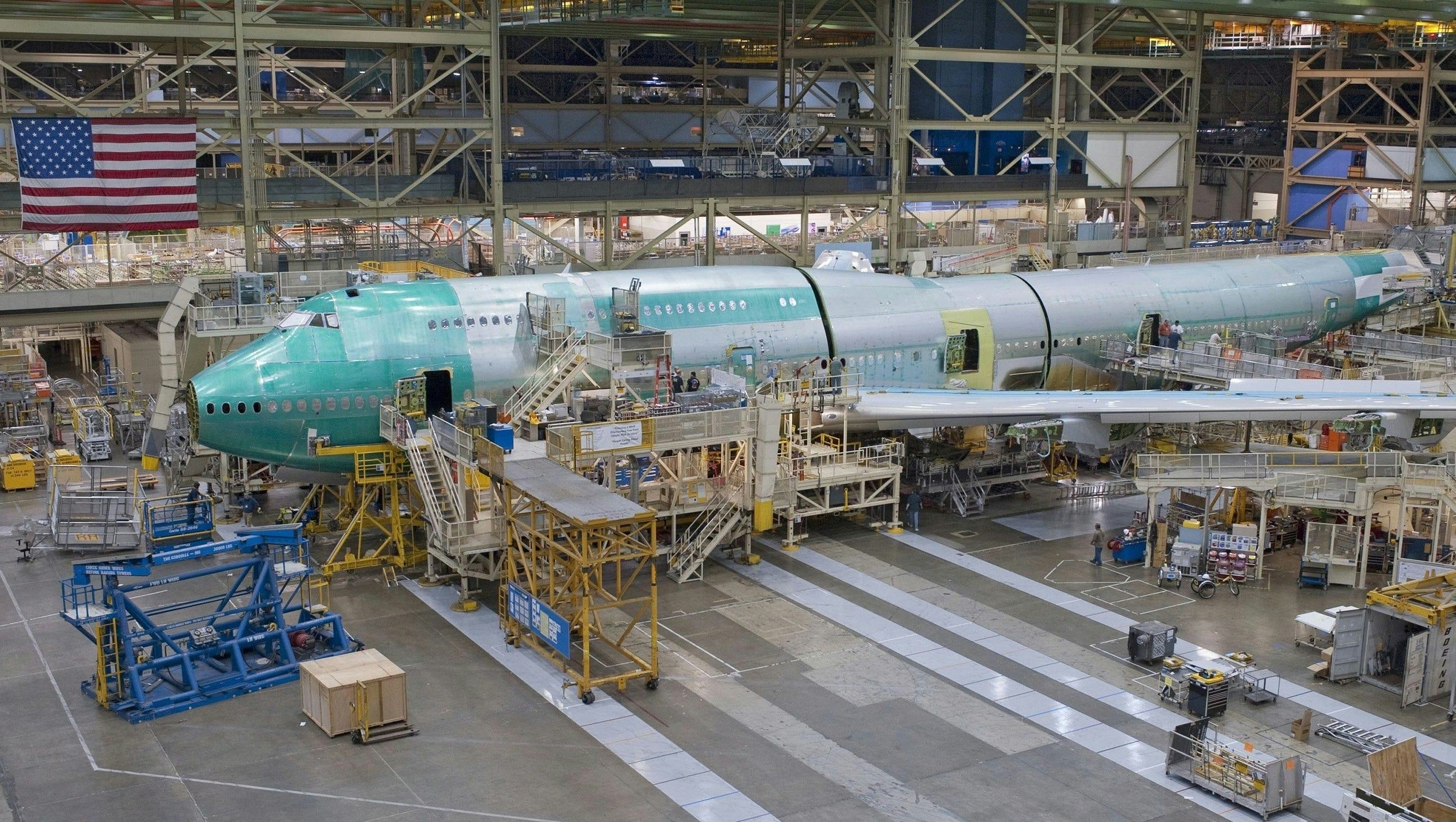
The Boeing 747-8: Why It’s Rare on U.S. Routes and How to Experience It Abroad

Why Aircraft Engines Lack Screens or Grills
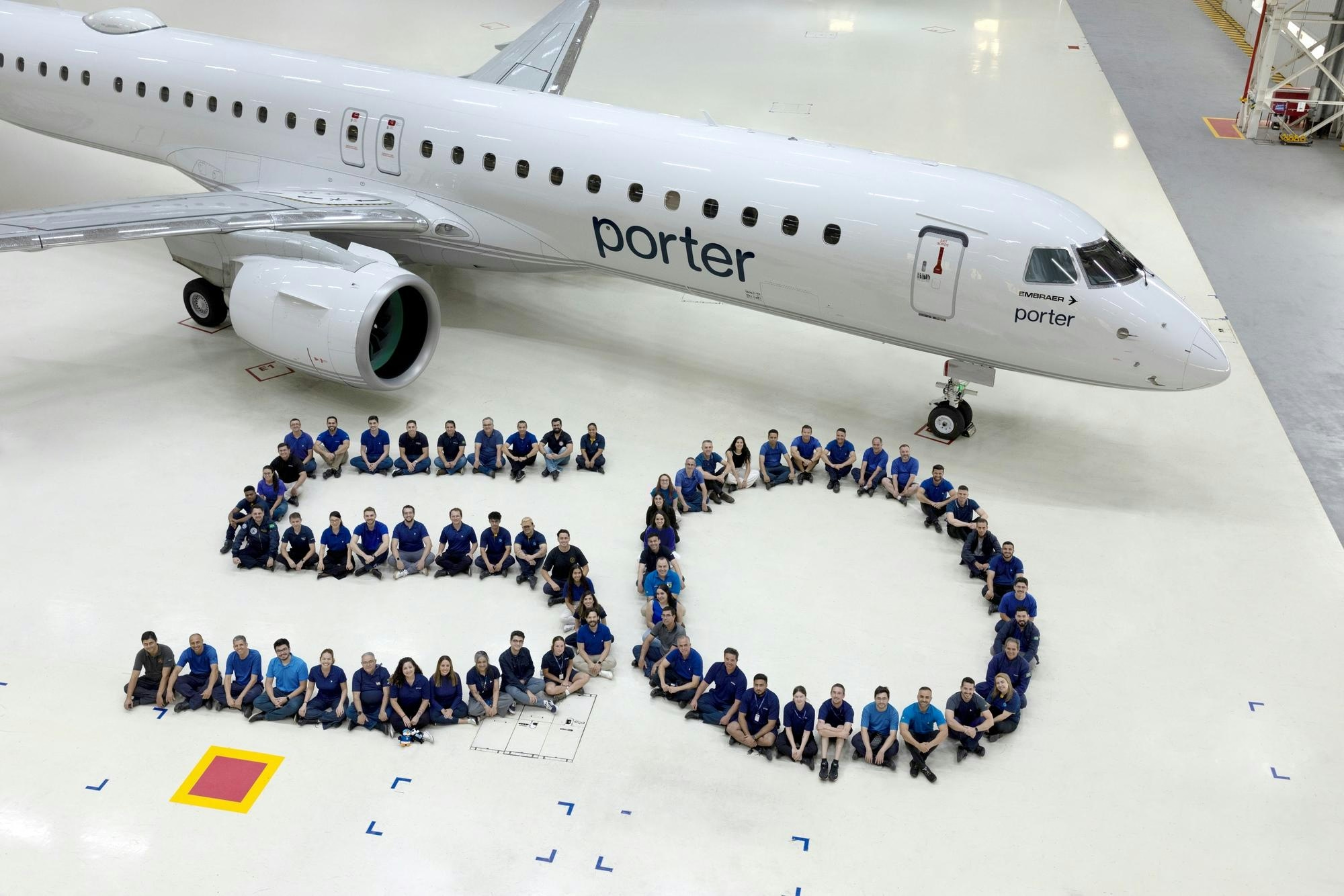
Porter Airlines Receives 50th Embraer E195-E2 Aircraft
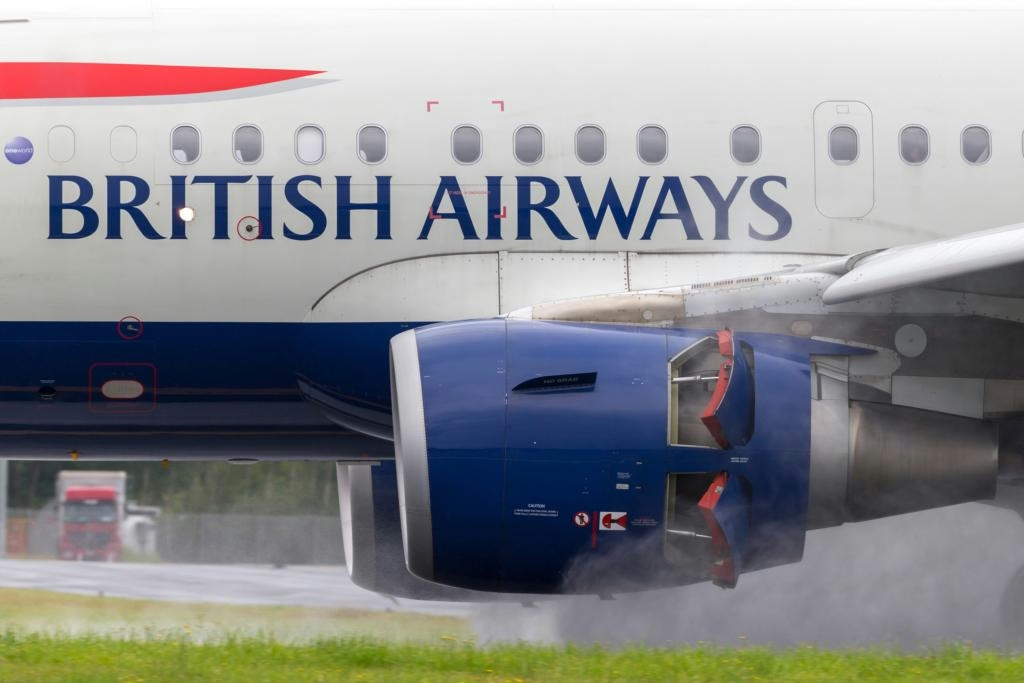
How Aircraft Engines Use Reverse Thrust During Landing
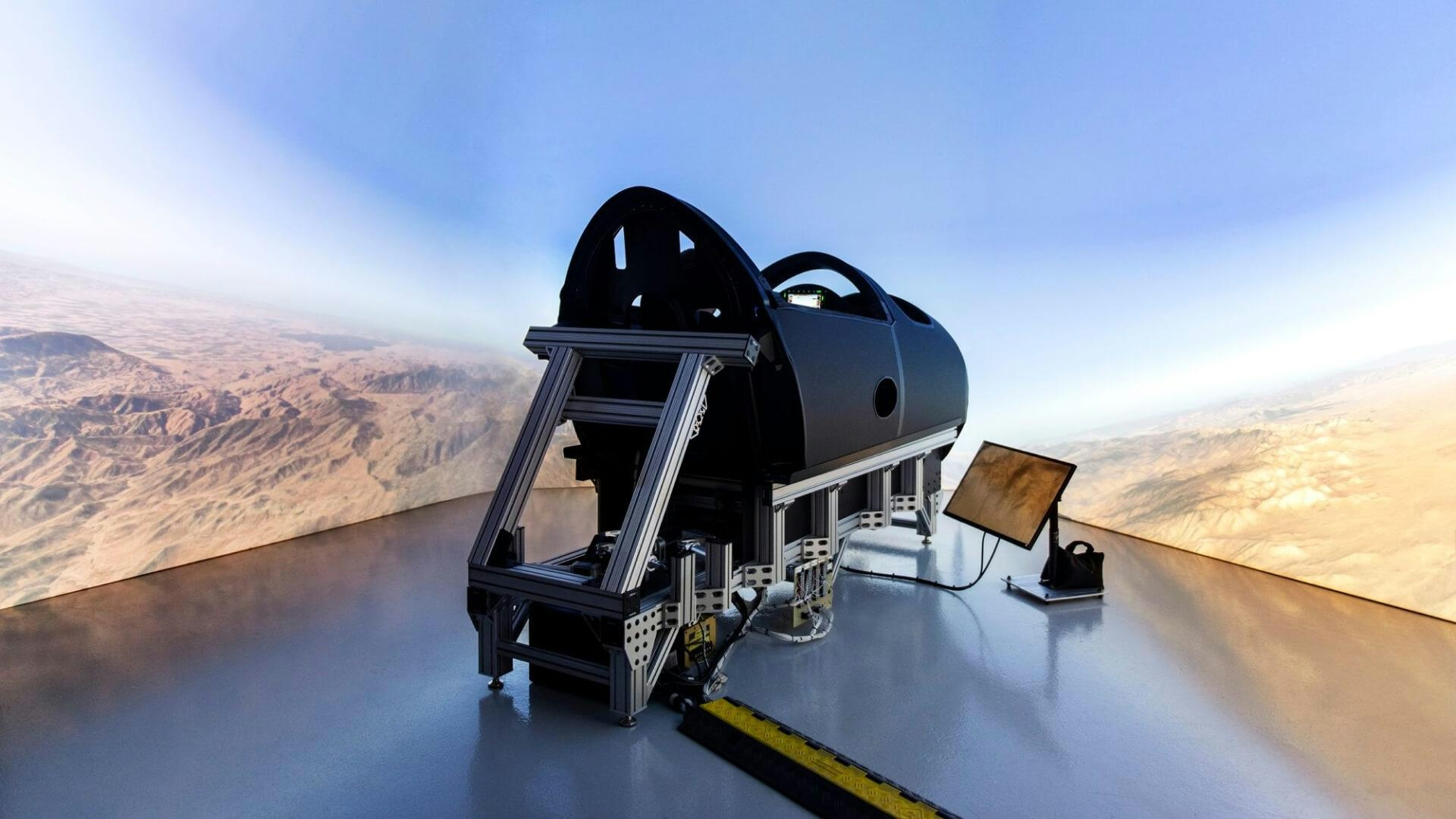
AI-Powered Air Traffic Control Integrated into Home Flight Simulators
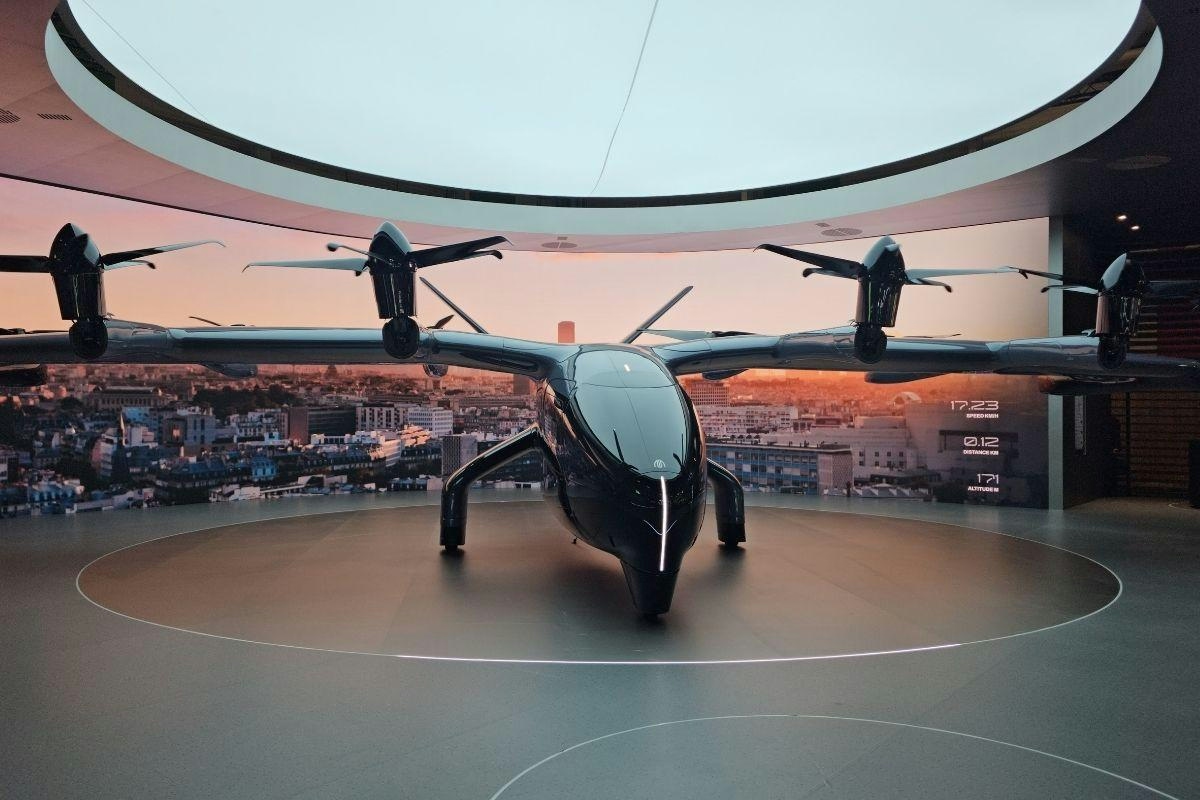
Autonomous Flying Taxis Prepare to Enter U.S. Airspace
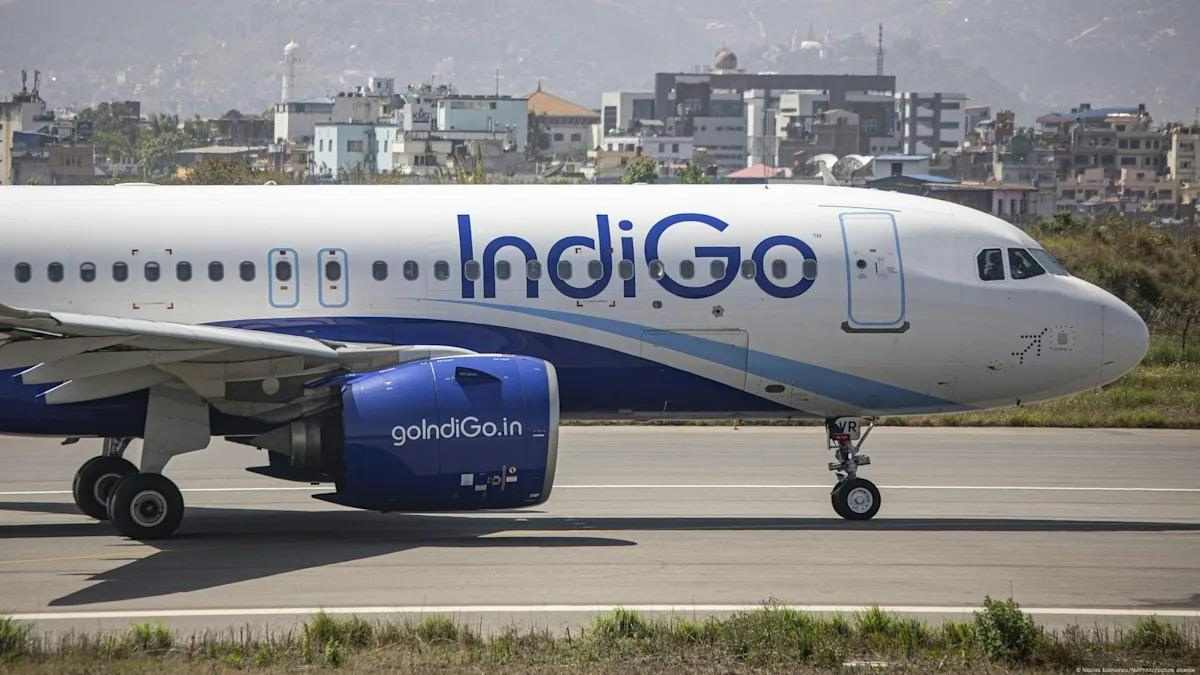
Aviation Ministry Approves Two New Indian Airlines Following IndiGo Crisis
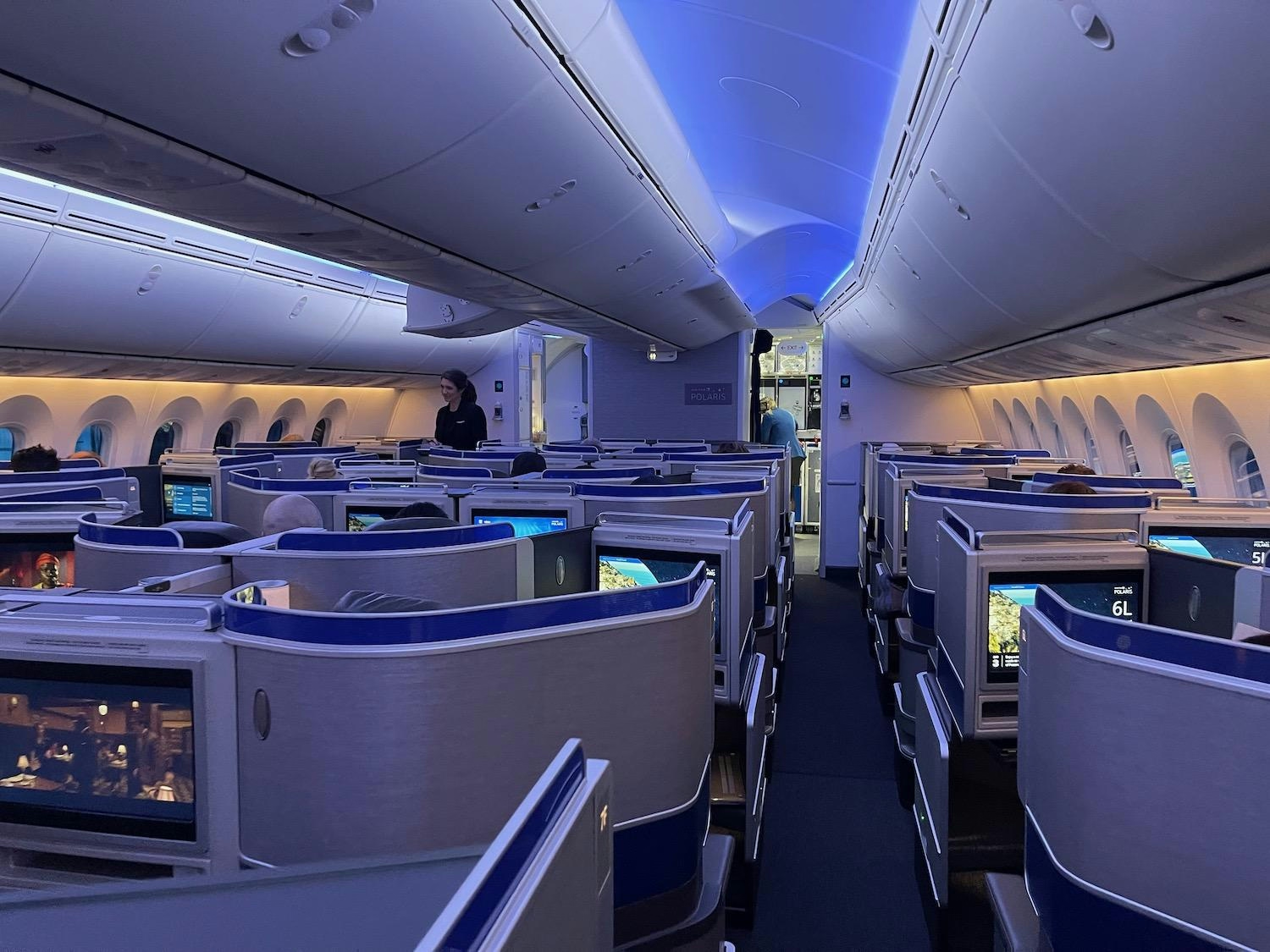
Is the Boeing 787-10 a Viable Option for Delta Air Lines?
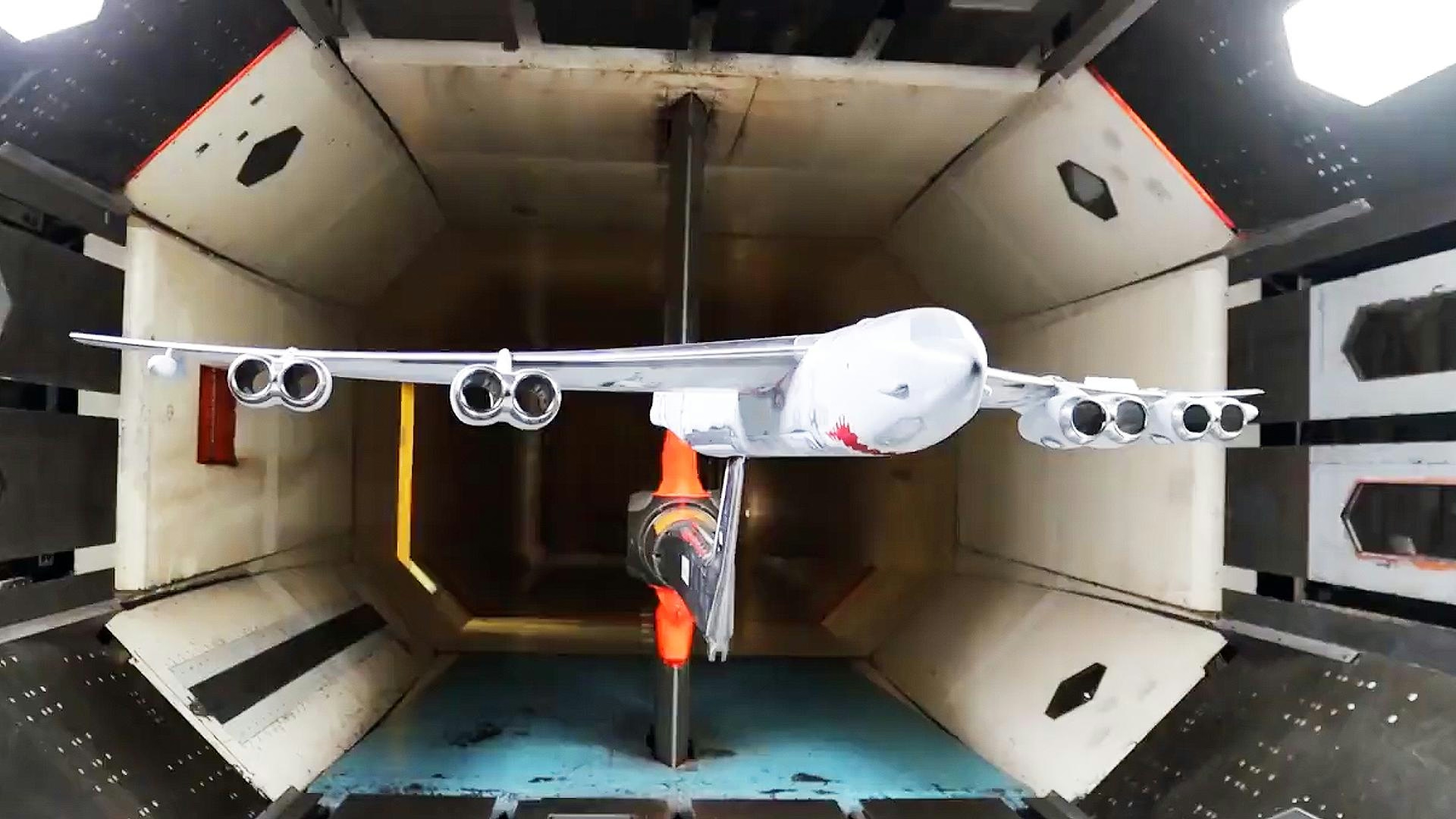
Boeing Wins $2 Billion Contract to Upgrade B-52 Engines
